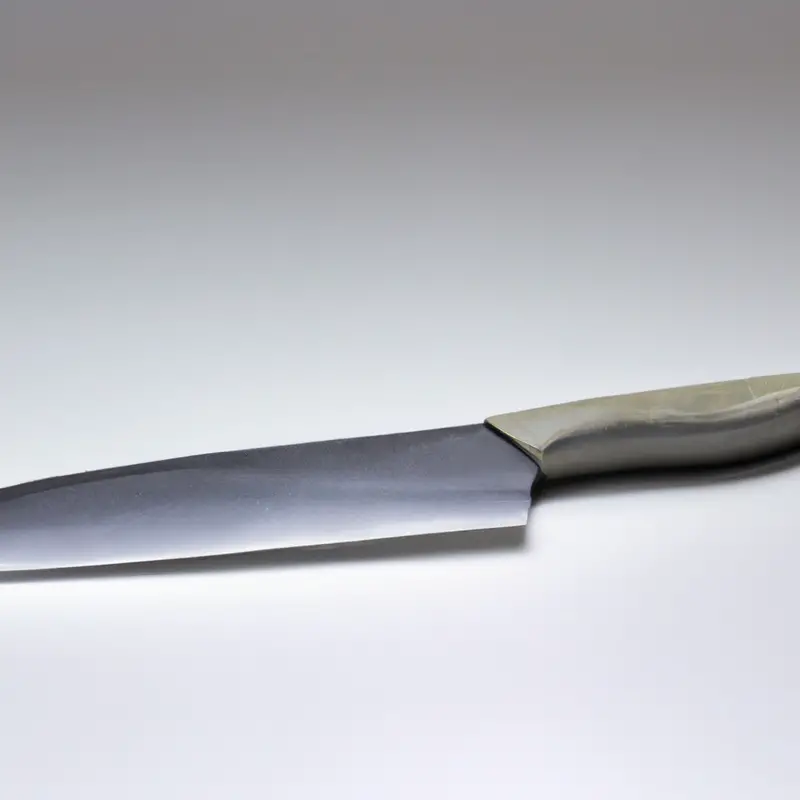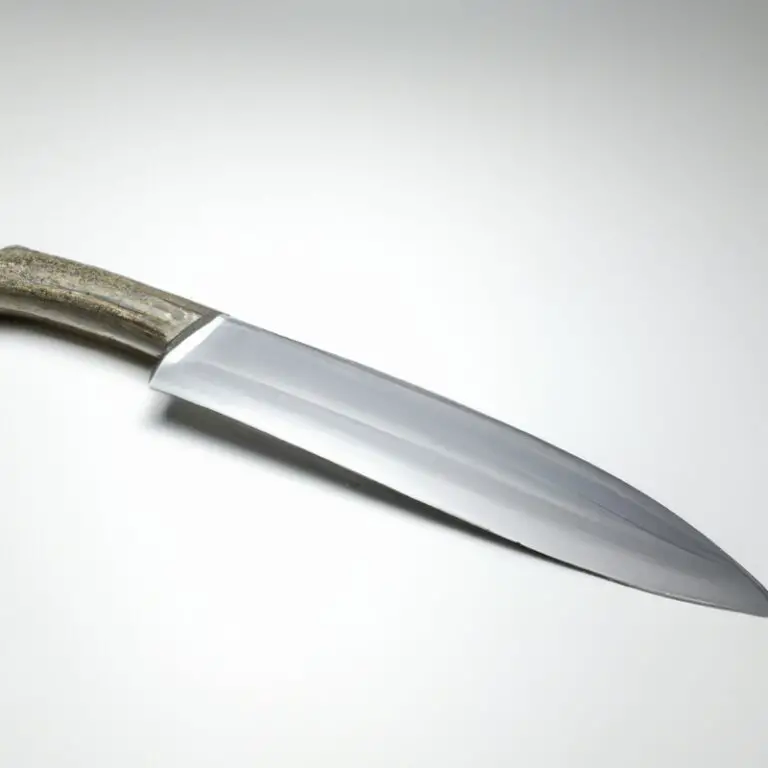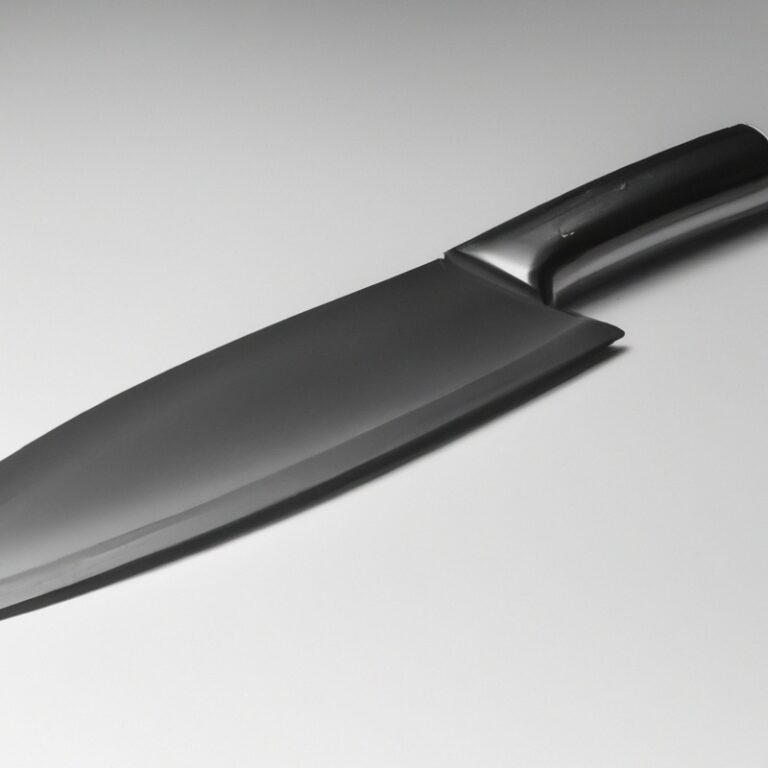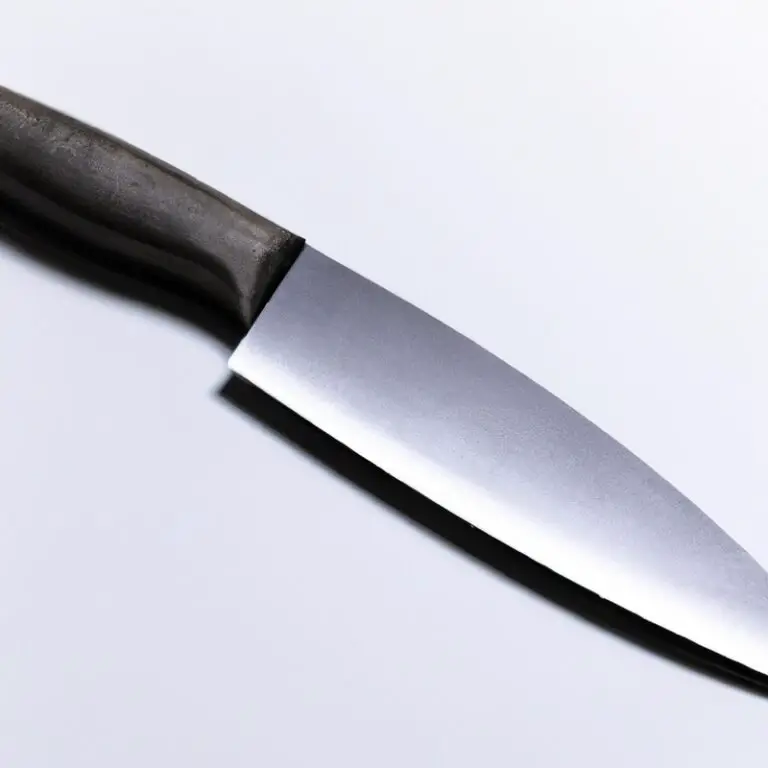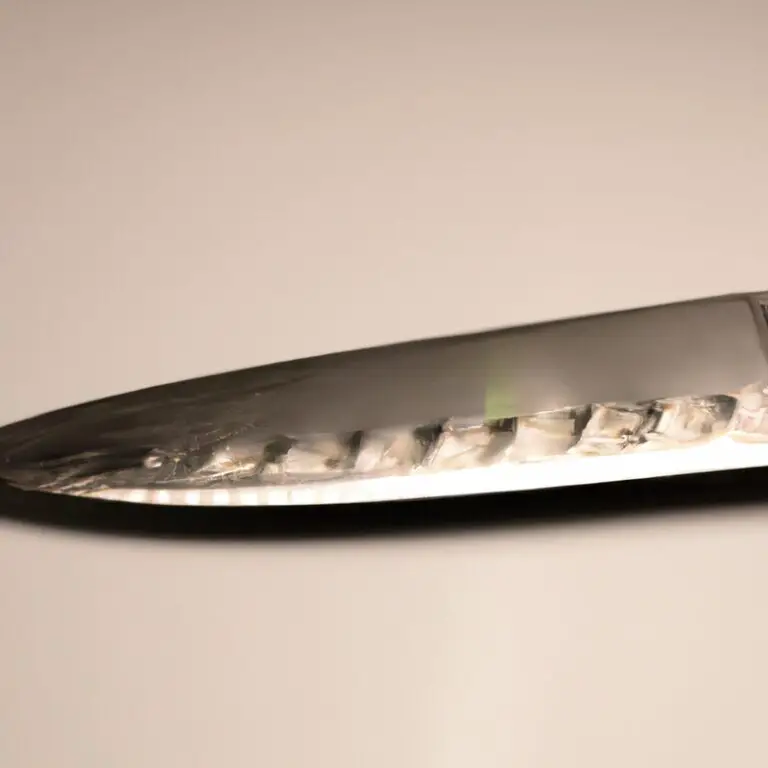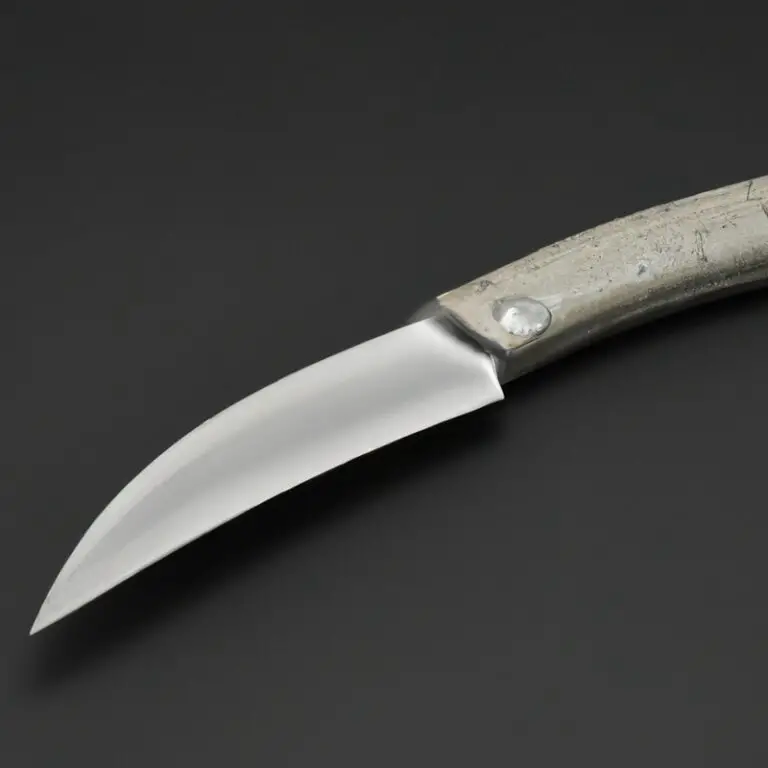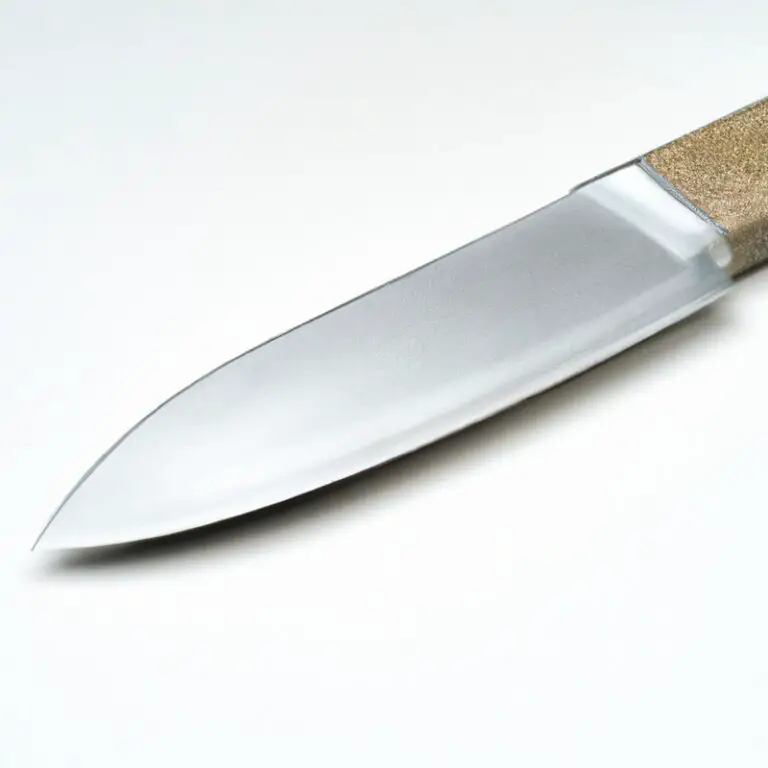How To Maintain The Flatness And Smoothness Of Sharpening Stones For Gyuto Knives? Tips
Key Takeaways:
- Regular cleaning and flattening of sharpening stones is crucial for maintaining the flatness and smoothness required for Gyuto knives.
- Choosing the right sharpening stone and using it correctly can prevent warping and ensure that your knife remains sharp and effective.
- Investing in high-quality sharpening stones and maintaining them properly can save you time and money in the long-term.
- Seeking guidance from experts or online resources can help you improve your sharpening skills and achieve the best possible results.
Are you tired of dull and blunt Gyuto knives in your kitchen? The secret to sharp, efficient cuts lies in the quality of your sharpening stones.
However, achieving optimal sharpness requires more than just choosing the right stone.
Maintaining flatness and smoothness in your sharpening stones is crucial for long-term success. As an avid cook and knife enthusiast, I’ve learned the hard way that proper maintenance is key to achieving professional-level sharpening results.
In this article, we’ll explore the best practices for cleaning, flattening, and storing your sharpening stones to ensure longevity and optimal performance for your Gyuto knives.
| Process | Description |
|---|---|
| Cleaning | Use a nagura stone to clean the sharpening stone surface by rubbing it in a circular motion. Use water to rinse off and dry the surface. |
| Flattening | Use a flattening stone or sandpaper to remove high spots or unevenness from the sharpening stone surface. Rub in a circular motion until the surface is completely flat. |
| Storage | Always store the sharpening stone in a dry place, away from moisture. Use a cloth or paper towel to wrap and protect the surface from scratches or damage. |
Choosing the right sharpening stone for your Gyuto knife
Choosing the right sharpening stone is crucial for maintaining the sharpness of your Gyuto knife. There are three main types of sharpening stones: natural stones, synthetic stones, and diamond stones.
Natural stones, like the popular Japanese water stones, are known for their superior sharpening abilities but require more maintenance than synthetic or diamond stones.
Synthetic stones, like ceramic or silicon carbide, are durable and low maintenance, but may not provide the same level of sharpness as natural stones. Diamond stones are the most durable and provide fast sharpening results, but can be expensive.
When choosing a sharpening stone, consider the grit level, or the coarseness of the stone.
A lower grit level, like 1000, is best for repairing chips and dull edges, while a higher grit level, like 6000 or higher, is best for maintaining already sharp edges. It’s also important to consider the size of the stone.
A larger stone will provide a larger sharpening surface and can be more efficient, but can also be heavier and more difficult to store.
Ultimately, the right sharpening stone for your Gyuto knife depends on your personal preferences and budget. Research and compare different types and brands before making a purchase to ensure you get the best results for your knife.
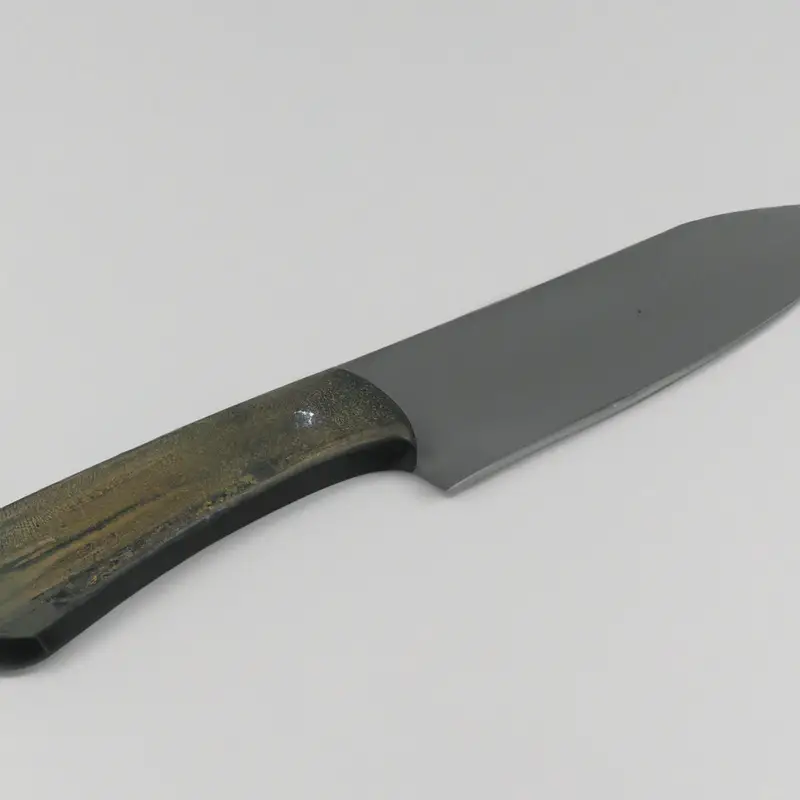
Understanding the importance of flatness and smoothness for sharpening stones
Flatness and smoothness are crucial factors when it comes to sharpening stones for Gyuto knives. A flat stone ensures that the knife’s edge is sharpened evenly, while a smooth surface prevents scratches or nicks in the knife’s blade.
The absence of flatness and smoothness can lead to uneven sharpening and damage to the blade.
Quality sharpening stones are designed to maintain their flatness and smoothness over time, but regular cleaning, flattening, and storage practices are essential to ensure their performance and lifespan. It is crucial to pay attention to these factors to get the most out of your sharpening stones and keep your Gyuto knife sharp and in top condition.
The impact of sharpening stone maintenance on the longevity of your Gyuto knife
The maintenance of your sharpening stone has a direct impact on the longevity of your Gyuto knife. Over time, your sharpening stone may become uneven or develop grooves, which can cause damage to the blade of your knife.
Regular cleaning and flattening of the stone can help prevent this and ensure that it remains in good condition.
A well-maintained stone will not only help extend the lifespan of your knife but also improve the quality of the sharpening process. It is essential to follow the recommended maintenance guidelines for your specific sharpening stone to ensure optimal results.
Preparing your sharpening stone for use: cleaning and flattening
Before using a sharpening stone on your Gyuto knives, it’s essential to prepare it properly. Cleaning and flattening your sharpening stone helps to maintain its flatness and smoothness, ensuring that it can effectively sharpen your knives.
To clean your sharpening stone, use a flat brush or scraper to remove any debris or metal particles from the surface.
Then, use a mild detergent and water to scrub the stone gently, rinsing it thoroughly afterward. Allow the sharpening stone to dry completely before using it again.
Flattening the sharpening stone removes any high spots or irregularities, ensuring that it is perfectly flat and smooth.
There are several methods for flattening a sharpening stone, including using a flattening plate or coarse sandpaper. It’s essential to follow the manufacturer’s instructions for flattening your specific sharpening stone and to do it regularly to maintain its effectiveness.
By cleaning and flattening your sharpening stone, you can ensure that it is in optimal condition for sharpening your Gyuto knives.
Techniques for maintaining flatness and smoothness during use
Maintaining flatness and smoothness is vital when sharpening your Gyuto knife using a sharpening stone. Here are some essential techniques to help you maintain flatness and smoothness during use:
- Use a honing guide to control the angle of the blade.
- Add some water to the stone before use and ensure that the surface is always wet.
- Apply consistent pressure and avoid applying too much pressure on the edges.
- Clean your stone frequently to prevent clogging and extend its lifespan.
- Use a flattening stone or diamond lapping plate to regularly flatten the surface of the sharpening stone.
Incorporating these techniques into your sharpening process will improve the longevity of your sharpening stone while maintaining flatness and smoothness during use.
When to replace a sharpening stone for optimal Gyuto knife sharpening
Sharpening stones wear out over time, and it’s important to replace them for optimal Gyuto knife sharpening. When your stone becomes dished or uneven, it won’t be able to create the sharp edge you need on your knife.
A dished stone can be dangerous because it can cause your blade to slip, leading to accidents.
Additionally, a worn-out sharpening stone won’t be able to provide consistent results, making your knife sharpening more challenging and time-consuming. So, when you start to notice that your stone is flattening less and less, or several deep scratches appear, it is time to replace the sharpening stone.
Experts recommend replacing your sharpening stone every year or two, depending on how often you use it, the quality of the stone, and the care you provide it.
It is best to invest in high-quality sharpening stones, as they are less prone to wear and last longer. By staying vigilant and replacing your sharpening stone when necessary, you can ensure that your Gyuto knives stay sharp and in good condition.
Best practices for storing sharpening stones to preserve their quality
Storing sharpening stones properly is crucial for maintaining their quality and longevity. Here are some best practices to follow for storing sharpening stones:
- Keep them dry: Moisture can damage sharpening stones and cause them to lose their effectiveness. Always dry your stones thoroughly before storing them.
- Store them in a cool, dry place: Extreme temperatures can also damage sharpening stones. Store them in a cool, dry place away from direct sunlight and heat sources.
- Use a storage case or box: Storing sharpening stones in a case or box can protect them from dust, dirt, and other contaminants that can affect their performance.
- Keep them separate from each other: When storing multiple sharpening stones, keep them separate from each other to prevent scratches and other damage.
By following these best practices, you can help preserve the quality and effectiveness of your sharpening stones for years to come.
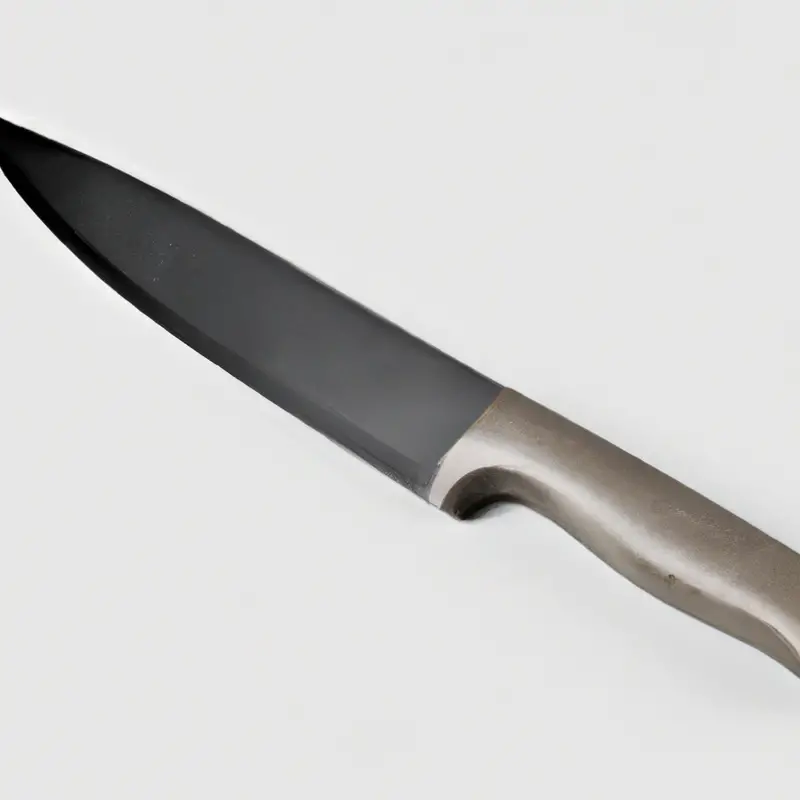
The effects of environmental factors on sharpening stone maintenance
Environmental factors can have a significant impact on the maintenance of sharpening stones for Gyuto knives. Exposure to heat, humidity, and moisture can cause the stone to warp or develop cracks, making it difficult to achieve a flat and smooth surface.
It is important to store sharpening stones in a cool, dry place away from direct sunlight and moisture to avoid damage.
Dust and debris can also affect the maintenance and performance of the sharpening stone. Regular cleaning and drying after use is necessary to prevent buildup and maintain the flatness and smoothness of the stone.
Additionally, it is recommended to use a sharpening stone specifically designed for the type of blade being sharpened to ensure optimal results and longevity.
Understanding and addressing the effects of environmental factors on sharpening stones is crucial for maintaining the quality of Gyuto knives.
Advanced maintenance techniques for professional-level sharpening results
Advanced maintenance techniques for professional-level sharpening results involve a few additional steps to ensure the longevity of your sharpening stone and a sharper Gyuto knife.
- Honing oil: Consider using honing oil to protect your sharpening stone from grit buildup, corrosion, and wear. Apply a small amount of honing oil before sharpening and rinse the stone thoroughly after use.
- Nagura stone: Use a nagura stone to create a slurry on top of your sharpening stone, which enhances the abrasiveness of the stone and promotes an even honing action.
- Diamond lapping plates: For sharpening stones that have become uneven or damaged, diamond lapping plates can restore the flatness and smoothness quickly and efficiently.
- Water flattening stone: Consider investing in a water flattening stone, designed specifically to flatten sharpening stones. These stones are usually made of ceramic or diamond abrasive and can be used with a light spray of water for optimal results.
- Diamond abrasive powders: For sharpening stones that have become dull and require resurfacing, diamond abrasive powders can remove any scratches or blemishes that may have accumulated over time.
By incorporating these advanced maintenance techniques, you can achieve a professional-level sharpening result and prolong the lifespan of your sharpening stone and Gyuto knife.
Troubleshooting common issues with sharpening stone flatness and smoothness
Common issues with sharpening stone flatness and smoothness include uneven wear, clogging, and warping. If you notice that your sharpening stone is not producing the desired results, it may be time to troubleshoot.
To fix uneven wear, start by using a coarse grit sandpaper or dressing stone to level out any high spots.
Use a wire brush to remove any clogged particles or debris. If you notice your sharpening stone is warped, soak it in water and apply pressure while drying to help flatten it.
You can also try placing it in a bag and freezing it to reduce warping.
Remember to always inspect your sharpening stone before using it and avoid dropping or mishandling it to prevent damage.
Final Verdict
Maintaining the flatness and smoothness of your sharpening stone is essential for achieving optimal results when sharpening your Gyuto knife. By following the best practices outlined in this article, including regular cleaning and flattening, proper storage, and advanced maintenance techniques, you can extend the longevity of your sharpening stone and achieve professional-level sharpening results.
Remember, the quality of your sharpening stone will directly impact the sharpness and longevity of your knife, so investing the time and effort into proper maintenance is well worth it.
Thank you for reading and I hope you found this article informative and useful in your journey towards sharpening excellence.

